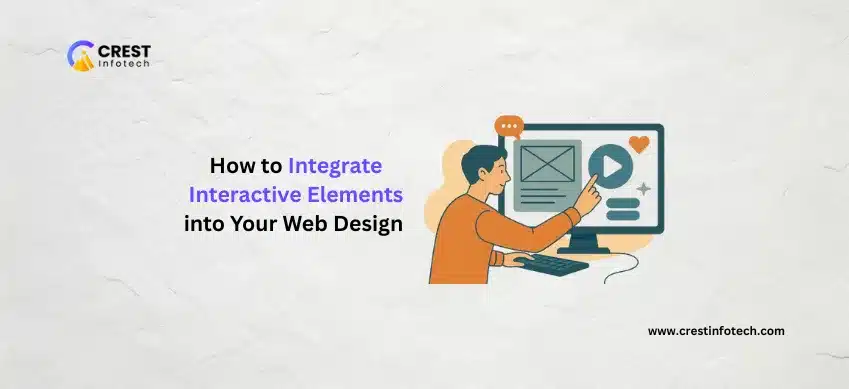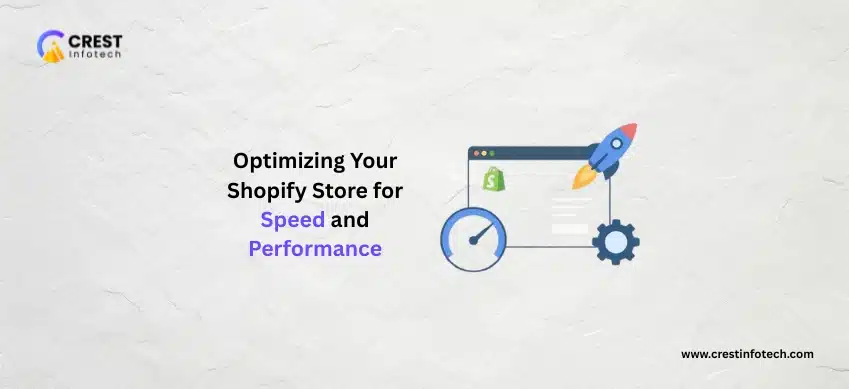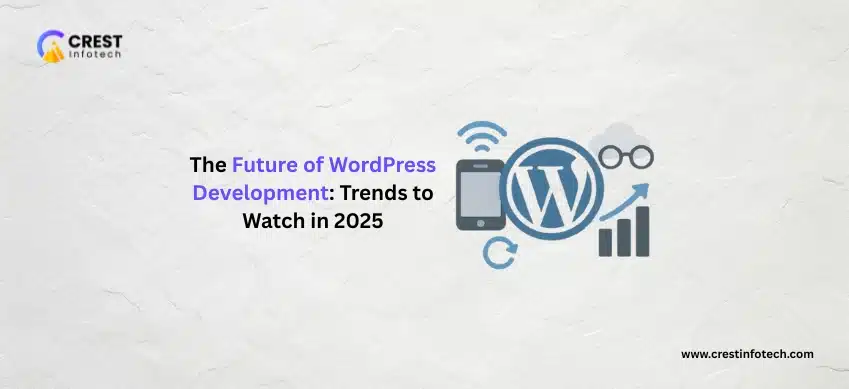Interactive elements can transform a static website into a dynamic experience that engages visitors, increases time on page, and improves conversions. From hover animations to quizzes and calculators, thoughtful interactivity creates more personalized and memorable experiences.
Let’s explore how to use interactive design the right way — without overwhelming users.
1. Why Interactivity Matters in Web Design
Interactive design invites users to engage — not just observe.
- Boosts engagement: Interactive content increases user involvement
- Improves user experience: Dynamic feedback makes the site feel intuitive
- Encourages exploration: Users are more likely to scroll, click, and stay longer
- Drives conversions: Personalized or gamified features increase intent to act
2. Use Hover Effects and Microinteractions
Small, responsive animations provide immediate feedback and enhance usability.
- Button hover states: Signal clickability and responsiveness
- Image zoom or fade: Subtle motion creates visual interest
- Animated icons: Draw attention to key actions or features
- Form input responses: Show validation or errors in real time
“Microinteractions reduce friction and guide users with intuitive, real-time cues.”
3. Add Clickable Tabs, Accordions, or Sliders
Organize content in compact, user-friendly ways — without cluttering the page.
- Tabs: Great for product specs, FAQs, or comparison content
- Accordions: Ideal for mobile-friendly content toggling
- Sliders: Showcase images, testimonials, or product features interactively
4. Incorporate Interactive Forms and Surveys
Forms don’t have to be boring. Use interactivity to improve usability and completion rates.
- Multi-step forms: Break complex inputs into digestible parts
- Inline field validation: Provide instant feedback as users type
- Conditional logic: Show/hide fields based on previous responses
- Interactive quizzes: Segment users or guide product recommendations
5. Engage Users with Calculators, Maps, and Charts
Functional interactivity adds real value by solving problems or visualizing data.
- Pricing calculators: Help users estimate costs or select plans
- Interactive maps: Visualize store locations, service areas, or data sets
- Dynamic charts: Animate data visualization for reports or dashboards
“Utility-driven interactivity is memorable — because it solves real user needs.”
6. Use Scroll and Animation Effects
Subtle motion can guide users and bring your design to life.
- Parallax scrolling: Adds depth and storytelling dimension
- Fade-in or slide-in sections: Reveal content naturally as users scroll
- Scroll-triggered animations: Highlight key stats, milestones, or visuals
7. Don’t Forget Accessibility and Performance
Interactive design should work for everyone — and load fast.
- Ensure keyboard navigation: Interactive elements must be usable without a mouse
- Use ARIA labels: Make dynamic content accessible to screen readers
- Minimize heavy scripts: Too much JS can hurt performance on mobile
- Test across devices: Interactivity should work smoothly on all screen sizes
“A truly interactive site is one that works — fast, clearly, and for every user.”
Final Thoughts
Interactive elements add life, clarity, and connection to your website. From small animations to functional tools, smart interactivity makes your design feel modern, usable, and purposeful.
Just remember: interaction should always support the user journey, not distract from it. Keep it simple, fast, and focused — and your visitors will reward you with longer sessions, better engagement, and higher conversions.



